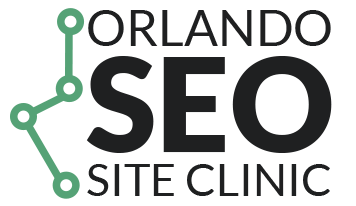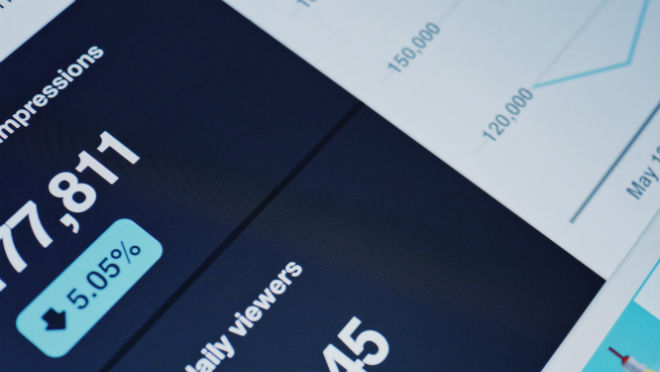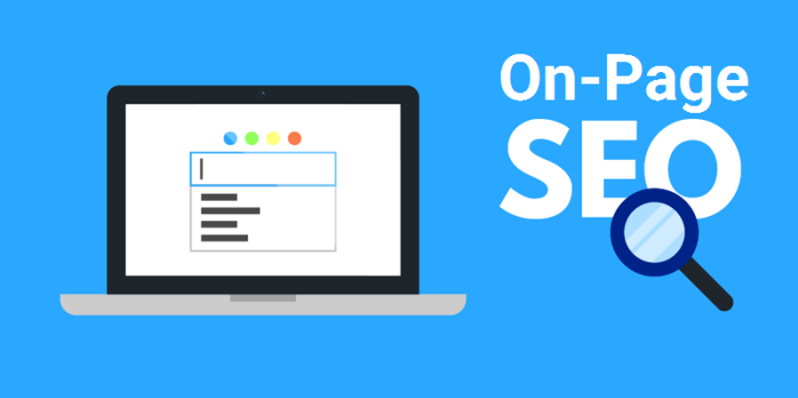There was a time when trying to get into the coveted top 10 of a popular search engine was all about spending a bit of time on link building efforts and keyword research. However, Google has certainly come a long way since those days and has introduced many different algorithms to determine a websites ranking.
Due to the ever increasing complexity of its algorithms It is now getting harder than ever, to be able to beat the competition in the eternal quest for the ‘holy grail of search results. We all know how consumers will never choose a website on the second or third page of their search results, this is evident across every search engine platform.
As a matter of fact, links generally impact any website’s search engine rankings, traffic and bounce rate. However, Google has started emphasizing quality over quantity, to a great extent. Googles website crawlers will evaluate a site in terms of ‘user experience’. If the website is a spam site or clickbait for instance, it will not be able to attract high traffic or rank high in search engines.
If you have been trying to focus more on link building and content curation at the expense of the overall user experience, then the odds are that you will not be able to maximize the performance of the site from the search engines’ view point. However, it does not always have to be this way at all. The following few UX tips just might give you that SEO advantage that you have always been looking for:
Always Check the Bounce Rate of Your Site
The bounce rate is defined by the number of visitors who come across your site and then choose an alternative site. Google will take this into consideration and will understand that you site is not adding value to the visitor experience and it will downgrade your listing accordingly. Here you should do well to remember that people tend to abandon websites for various reasons. Some of the most common reasons which induce high bounce rates are as follows:
- The keywords you are using does not relate to the website’s content
- The website is slow to load
- The site is prone to crashing and is full of errors
- The site has malicious code embedded in it
For example, the popular movie subtitles site ‘YTS subtitles’ has plenty of subtitles, unfortunately it also comes with its own malicious code that spreads pop-ups on the main screen of the system, regardless of the fact that the site has long since been closed.
Of course, the best way of getting rid of this problem is to check your site for such code and to also seed it with the relevant keyword and content. Consider using Googles Lighthouse tool to optimize your website and to analyze the different aspects which are hindering your website from performing at its optimum level.
Always Pay Close Attention to Proper Headings
It is an axiomatic fact, that the more relevant, valuable and engaging your site’s content, the longer will visitors spend time on the site, since they will be busy exploring all that is on offer. So, you should concentrate on creating the kind of content that readers like and want from you. Study your target audience and curate your content accordingly.
Always pay close attention to proper headings
It is pertinent to note that all major headings are considered to be a roadmap that will help guide viewers through different sections of your landing pages. Furthermore, this is how a search engine crawler will be able to understand the raison d’etre or purpose of your website. As a matter of fact, proper heading placement will make it a whole lot easier for not just the site’s visitors but also the search engines themselves.
Improvements in the Site’s Navigation Capabilities
The ease of navigation that your website provides will affect your bounce rate and your rankings by a huge margin. In the rush to create awesome content, the navigation aspect gets overlooked this will negatively affect your SEO and UX.
A simple rule of thumb is to try and avoid multi-level or overly confusing menu items. If you want to improve the navigation of your website focus on the layout and add a navigation map on each landing page. This will immediately resolve any navigation issues that your viewers face when browsing through your website.
The Overall Speed of the Site
The phrase” Latency can kill your site” can never be overstated. The speed as well as the performance of the website has for long, been a very important ranking factor for website. However, the webpage’s loading speed has a direct effect on the overall UX of the website. As your viewers will not waste their time on a website which takes too much time to load.
In light of the above discussion we can safely conclude that SEO rankings in popular search engines depend on how you manage your site’s UX. Following these simple strategies may be your first step towards making it into the ‘top five’ of all the popular search engines, out there.
Our guest author:
Sohail Rupani is a senior SEO strategist at PNC Digital, a digital marketing agency based in Orlando. He specializes in SEO and


